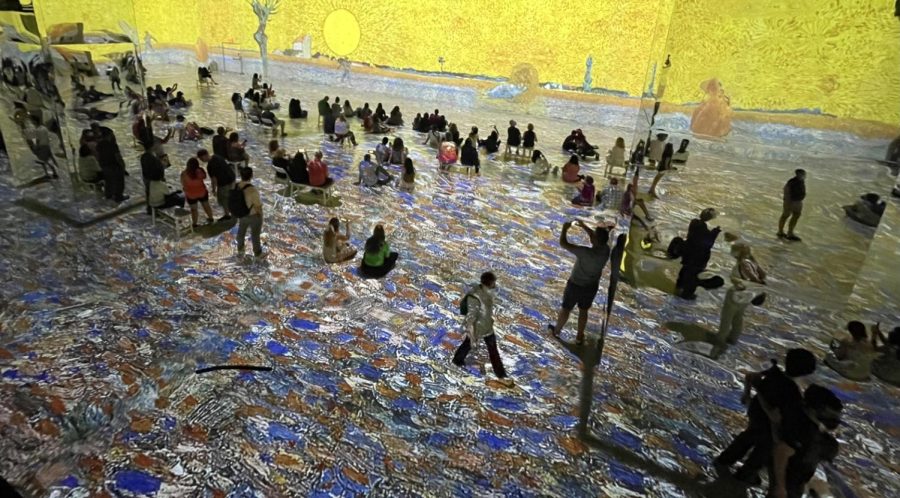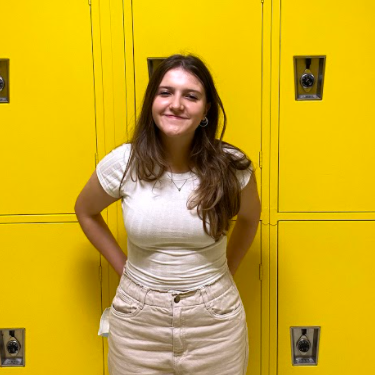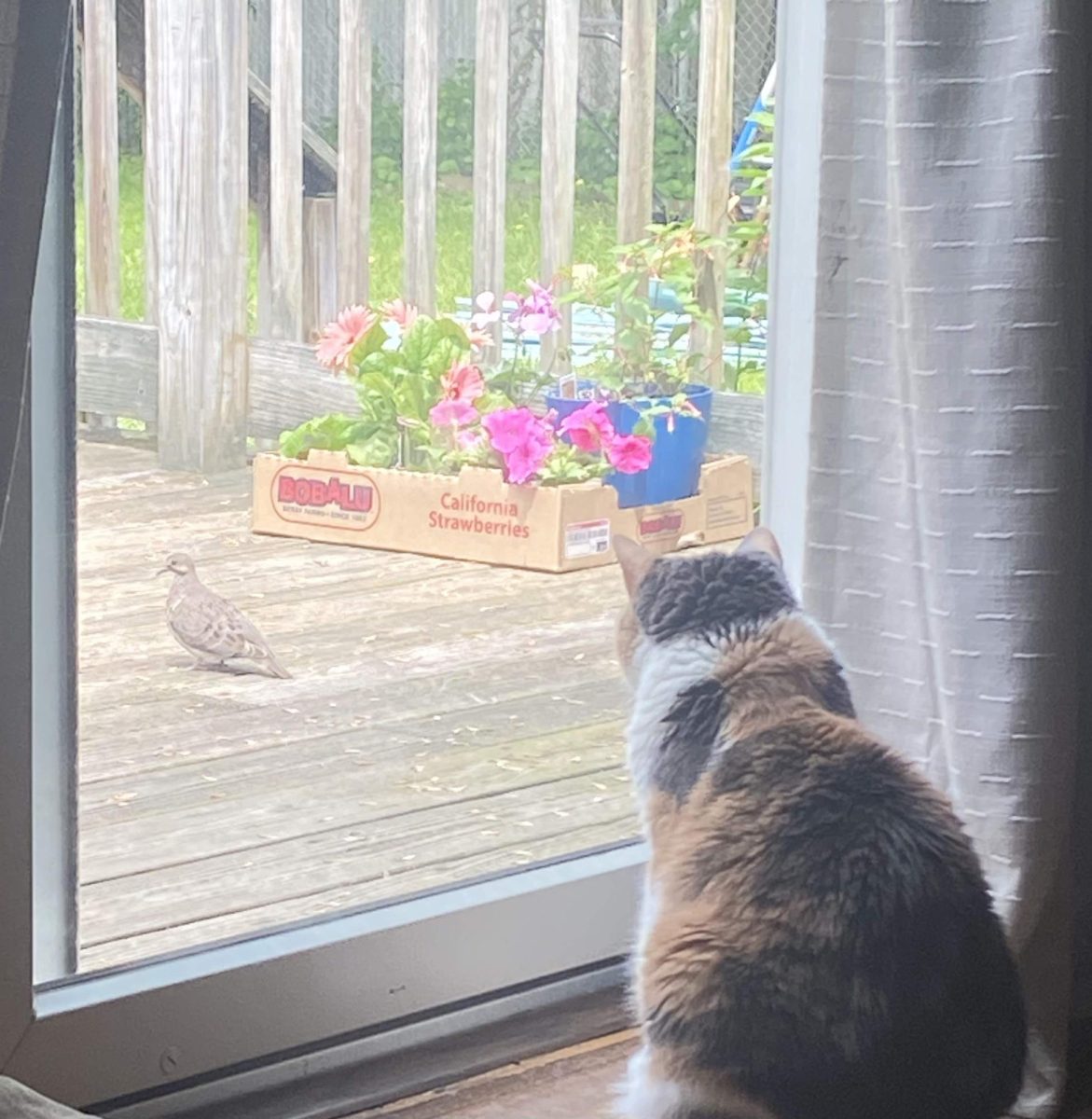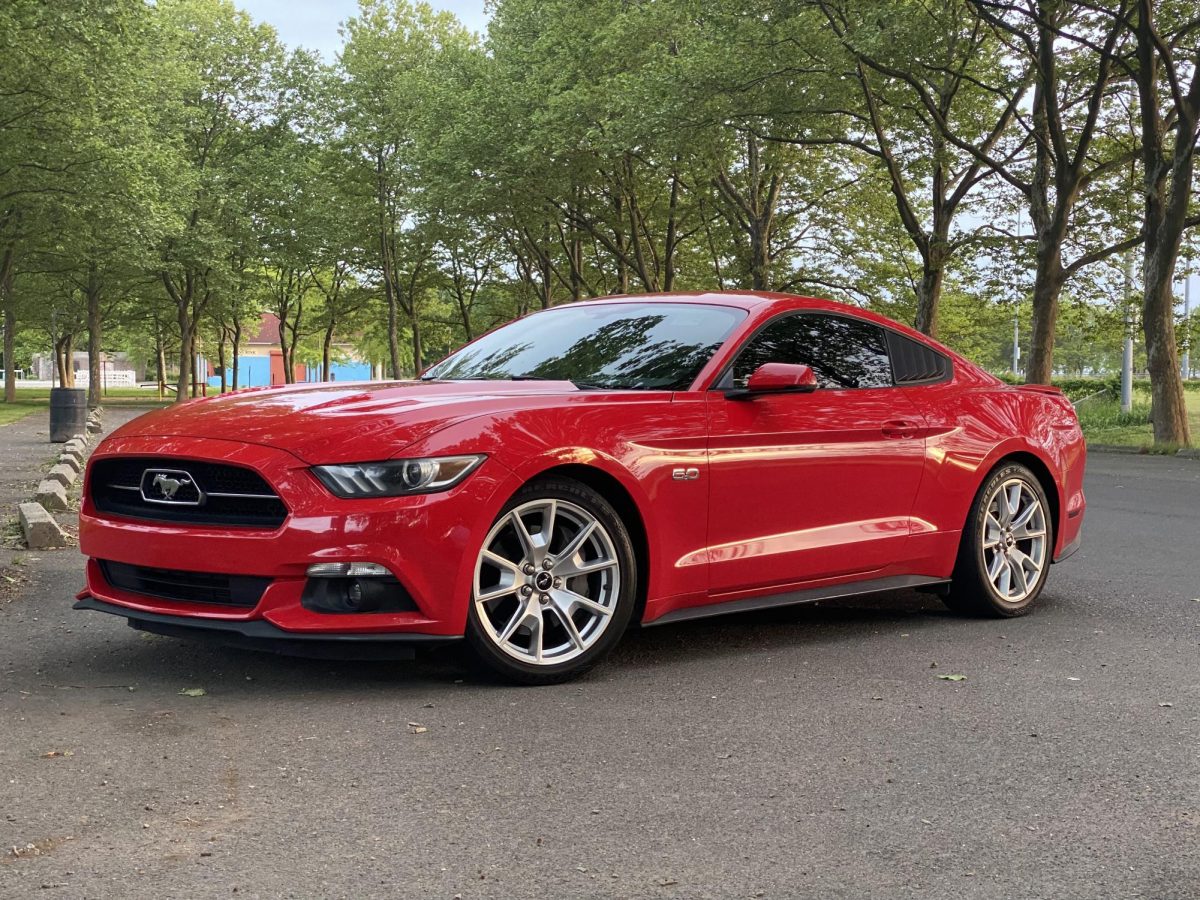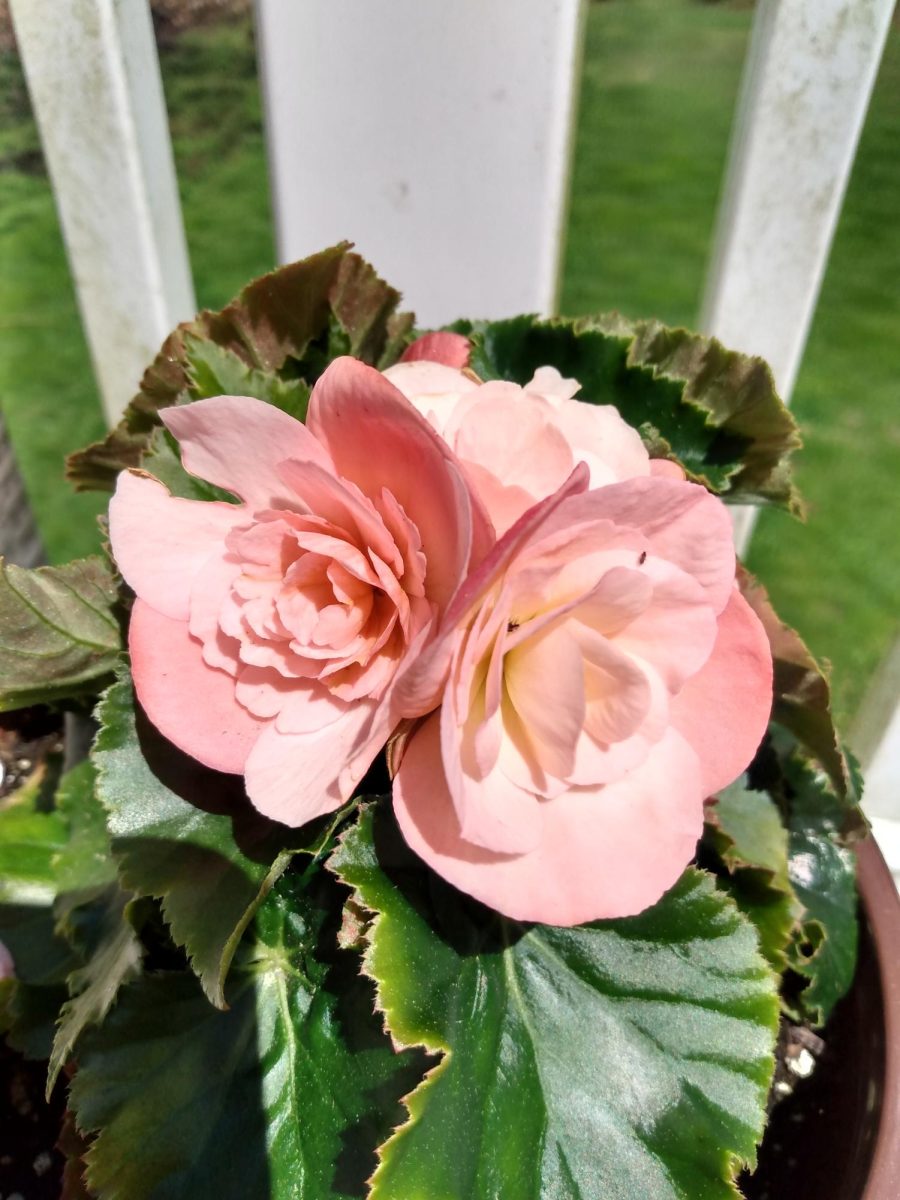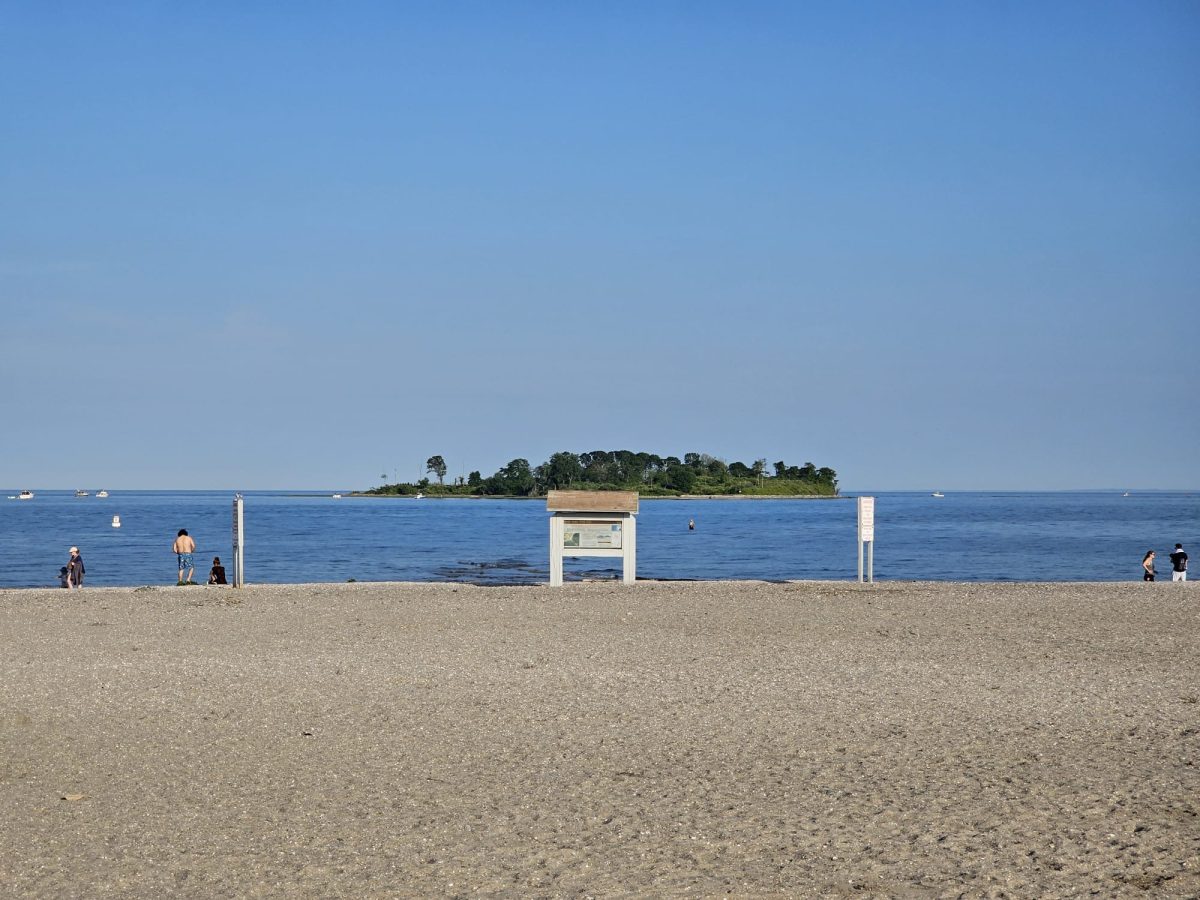Immersive Van Gogh Exhibit Extended From November 17 To January 2
A Unique View: People watch Van Gogh’s “The Sower” projected on the walls and floor of the Immersive Van Gogh Exhibit in New York. Photo courtesy: Maria Garbin, July 31, 2021.
October 6, 2021
Summer might be coming to an end, but that is no reason to stop looking for new experiences to try. Feeling like visiting an interesting location or just doing something different? Consider visiting New York’s Immersive Van Gogh Exhibit in November 2021.
At 75,000 square feet and more than 500,000 cubic feet of projections, the largest Van Gogh exhibit in the world is located in New York City’s Pier 36, at 299 South Street. It was created by Massimiliano Siccard, a world-renowned digital artist. It features a gallery organized by the Emmy-Award-winning creative director David Korins, who also designed the set for Hamilton.
Different from a museum, this exhibition allows guests to undergo unique experiences. The main attraction is a 35 minute projected display that loops in the main rooms.
“The exhibition draws you into the works of Van Gogh so you can live in the landscape and bright colors,” says Foran art teacher Mr. Henry Czajkowski. He explains the attraction allows viewers to “become part of some of the greatest paintings in Art History and Modern Art.”
Additionally, the Letters from Vincent activity features an artificial intelligence program based on the scans of over 1,000 letters Van Gogh wrote to his brother Theo.
Mr. Will Gaudet, spokesperson for Immersive Van Gogh in New York City, says, “The booth allows guests to ask Vincent a question and have him respond with a one-of-a-kind customized letter directly addressed to the individual.”
Van Gogh had a unique form of synesthesia called chromesthesia, which allowed him to see sounds and hear colors. To give visitors a similar experience, the producers added the Chromesthesia Experience to the exhibit.
The Chromesthesia Experience invites visitors to walk into 10 different booths of the most often used colors in Vincent’s paintings.
Gaudet explains, “While inside the booths, the audience is immersed in a light and sound experience based on documented research of watching people with chromesthesia react to certain colors.”
To ensure the health and safety of visitors, the exhibit enforces reduced capacity, offers hand sanitizing stations, requires face coverings for staff and guests, has floor markings to assist in six-foot distancing, is cleaned regularly throughout the day, and provides contact tracing for staff and guests.
The exhibition has drawn the public’s attention and sold over three million tickets. Although it was scheduled to close in New York City on August 29, overwhelming public support led it to reopen for a limited time. New tickets are available from November 17, 2021 until January 2, 2022.
“For the casual fan, the visuals on their face value are wonder-inducing,” says Gaudet, “but people who know about Van Gogh see parts of the projection that are structured to emphasize notable parts of Van Gogh’s life.” The public seems attracted to that idea.
Foran senior Marissa Dumais says, “For me, most museums aren’t as entertaining because it’s a lot of reading and awkward silence. I think this would be a new way to take in museum work without having to just stand there.”


